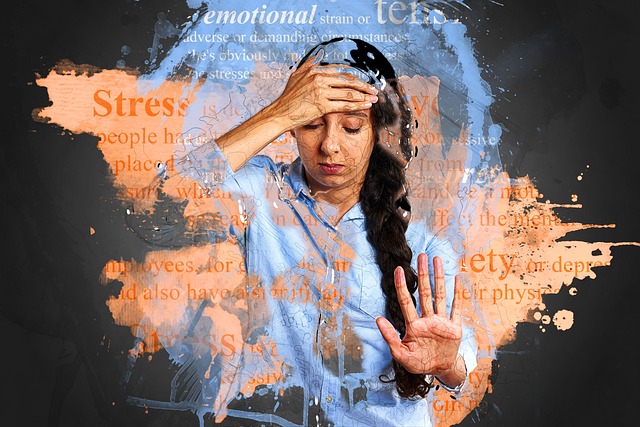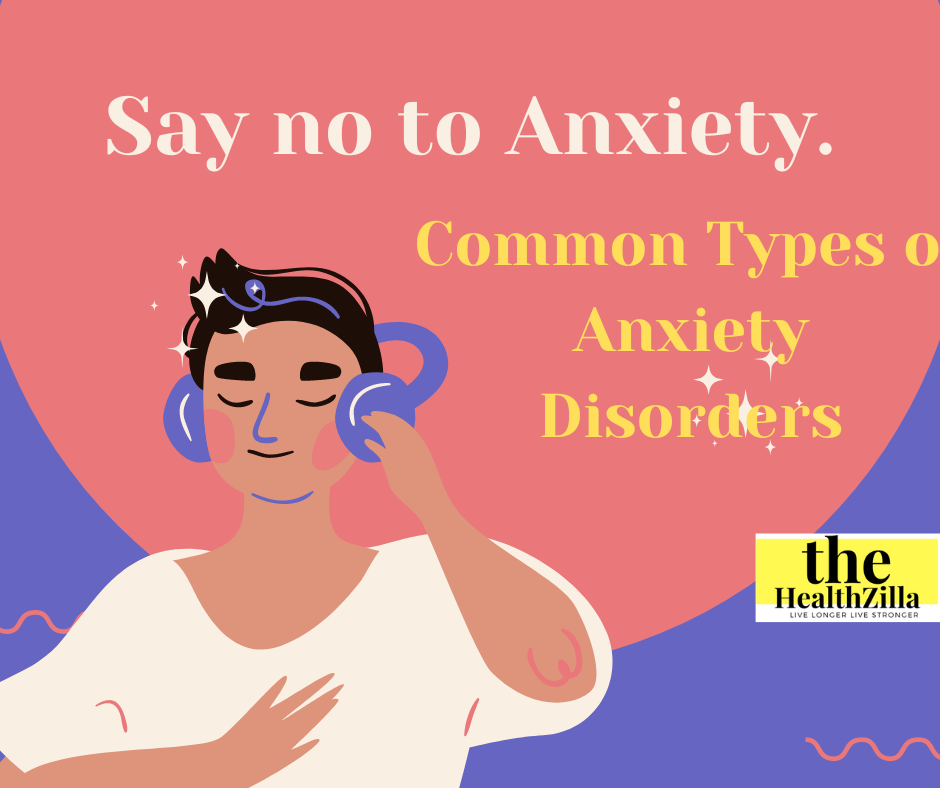Particular procedures and techniques are frequently used to treat anxiety disorders in order to address symptoms and create coping strategies for anxiety triggers. The type of disorder a person has has a significant impact on how to approach therapy. Understanding the most prevalent types of anxiety disorders is possible thanks to this article.
When a person encounters potentially troublesome or harmful circumstances, anxiety is a typical occurrence. It can also be experienced when someone feels threatened from without. But persistent and unreasonable anxiety can develop into an anxiety disorder. Depending on their root causes or triggers, anxiety disorders can take many various forms.

Here are some Common types of anxiety disorders
1. Disorder of generalised anxiety
An individual with this form of anxiety illness typically has protracted anxiety, which is frequently unfounded. Actually, those who suffer from generalised anxiety disorders are unable to explain the source of their concern. This kind of worry frequently affects women and lasts for six months on average. People with generalised anxiety disorder worry and fret continually because their anxiety is persistent. Heart palpitations, sleeplessness, migraines, and lightheadedness are the effects of this.
2. Specific phobia
People with specific phobias, as opposed to those with generalised anxiety disorder, have intense and frequently unjustified dread of a particular scenario or item. People with particular phobias have symptoms of extreme dread, such as shivering, shortness of breath, heart palpitations, and nausea, when exposed to the scenario or thing they fear. Fear of blood, enclosed areas, heights, and animals are some common particular phobias. A phobic individual may experience so intense fear that they risk their safety to get away from the circumstance.
3. Panic Attack
Panic disorders, often known as agoraphobia, are characterised by recurrent, unanticipated panic attacks. Shaking, chest aches, lightheadedness, fear of losing control, and a dislike of being by yourself are typical symptoms. People with panic disorders are aware that their panic attacks are frequently irrational and unjustified. They avoid being alone and in public because of this. An extreme panic episode may cause a person to lose control and harm themself.
4. Social phobia
A person with social phobia, also known as social anxiety, may display symptoms like those of panic disorder, especially when in social settings. A person with social anxiety may experience shaking, wooziness, shortness of breath, and heart palpitations while in the spotlight or around lots of people, whether or not they are strangers.
5. Disorder of compulsive behaviour
Anxiety brought on by a recurring preoccupation or concept is experienced by those with obsessive-compulsive disorder. They frequently turn to recurrent anti-anxiety acts or behaviours in order to avoid feeling anxious. For instance, a person with a cleaning obsession could become anxious just by looking at a vase that is slightly off-centre. He or she will obsessively or unreasonably clean and order things to reduce worry.
6. PTSD
A person may develop post-traumatic stress disorder after going through a very painful incident. He or she could mentally replay the incident, which would be stressful and worrying. A person with PTSD may actually relive the terrible incident by sobbing excessively, panicking, or losing control whenever they come into touch with stimuli (any object, person, or circumstance) that they identify with the event. Avoidant behaviour and sleeplessness are subtle indicators. PTSD symptoms might appear soon after a distressing experience or even years later.
To seek therapy and heal, a person must first identify the sort of anxiety illness they are dealing with. Techniques and procedures that are employed to assist a person in coping with a specific anxiety disorder frequently focus on coping strategies when exposed to triggers in addition to symptom treatment. Real therapy and recovery for anxiety disorders can only start after a comprehensive diagnosis.




